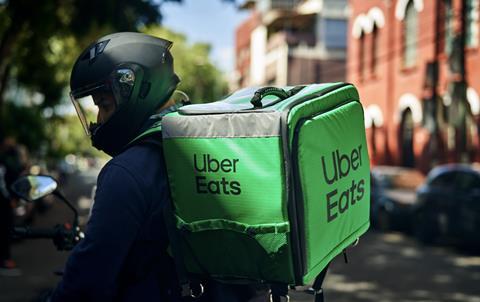
Grocery is a “huge opportunity” for aggregators like Uber Eats, Deliveroo and Just Eat, but one bad experience can put users off for good, analysis of the apps by Bernstein has concluded.
A survey of users by the research group found 76% of them had ordered groceries via the apps. However, only 19% stated that they were frequent users of the grocery offering.
Interviews with 25 users found mixed reviews of grocery deliveries via aggregators. While many reported having had a good experience, most of those that hadn’t vowed to never use the service again.
One had suffered “a lot of substitutions, rubbish substitutions, where they send irrelevant products”. Another said: “I would never use it again. The order came. Half of it was missing.” Another respondent said: “It arrived an hour later than it was supposed to be. When it turned up, some of the stuff was missing, and a couple of things were a bit squashed. So I did it once. I will never do it again.”
Bernstein’s analysis reported: “Grocery was used by more than we’d expected but only a few are frequent users. Very clearly one bad experience can be detrimental for the next grocery order.”
Bernstein found grocery shopping on the aggregators was “heavily incentivised by the use of discounts or other offers” the result being only “occasional grocery usage”.
Having started operations delivering hot takeaways, grocery has become a growing focus of the major delivery apps. When Uber Eats introduced grocery to its app during the pandemic, “it was a bet”, Alex Troughton, Uber’s regional general manager of grocery and retail, EMEA & UK told The Grocer in November. “Now, it’s clearly a pivot.” In the past two years, the number of people who have placed a grocery order on Uber Eats in the UK had nearly doubled, the company said.
Deliveroo in January said it had seen orders and spending rise in the latest quarter, driven by its retail and grocery partnerships. Research by Just Eat found three in four people who had ordered on-demand groceries believed it would become a part of their daily lives.
Bernstein’s analysis added that while the fulfilment process of groceries on aggregators “can be clunkier than perceived on paper” it was “convinced that the mid-term margin potential via grocery remains enormous”.







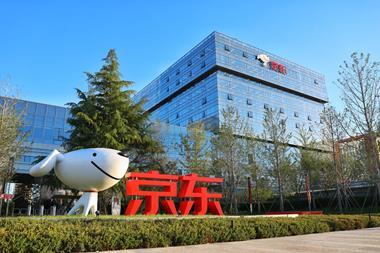
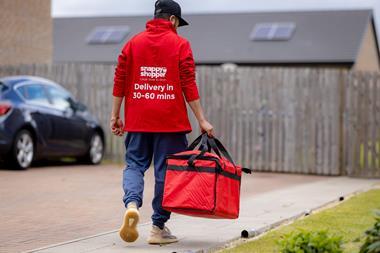
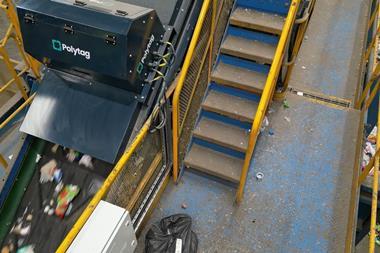




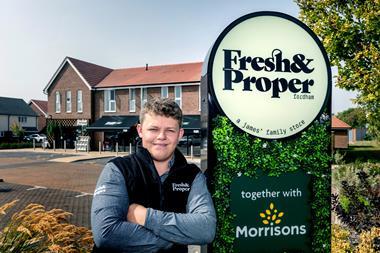




No comments yet